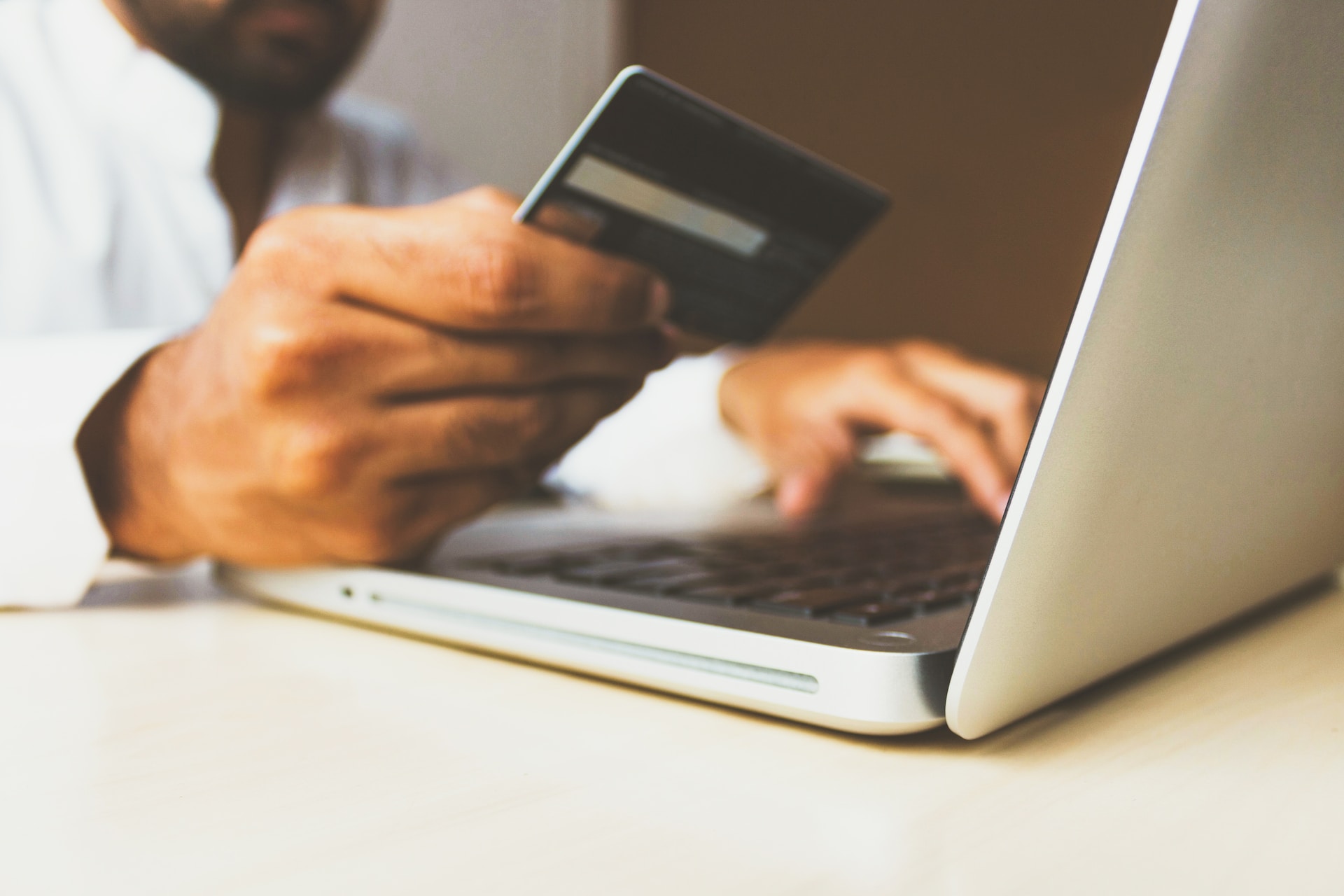The digital age has provided many advancements in terms of convenience and efficiency. More people rely on digital means to handle day-to-day activities, from shopping online to making payments. While this offers a great deal of convenience, it also presents its own set of security risks. As such, payment security must be taken seriously to ensure safe and secure transactions in the digital age.
Data breaches
Data breaches are one of the major concerns when it comes to payment security. Data breaches occur when hackers access sensitive data like credit card information or other personal details. These details can then be used for identity theft or fraudulent purchases. Organizations should invest in solid cybersecurity measures, including secure servers, encryption technologies, and regular security audits to prevent this.
Organizations should also ensure their payment systems comply with the industry standard. Companies should understand these standards to properly comply with them.
In addition to proper security measures, organizations must have proper procedures for dealing with incidents, including policies related to incident response, notification of customers and regulatory bodies in case of a breach, etc. Having an effective incident response plan is essential for minimizing damage in the event of a breach.
Finally, organizations need to educate users on safe payment practices, which include avoiding public Wi-Fi networks when making payments online, not storing sensitive data locally, and setting up two-factor authentication. Customers should also know the importance of securing their login details.
The future of secure payment solutions
The future of secure payment solutions looks very promising. As technology advances, more secure payment methods are being developed to protect consumers’ data.
Recently, many organizations have begun to adopt artificial intelligence (AI) to detect fraudulent activity and protect customers from cyberattacks. AI can detect patterns in user behavior and identify suspicious activities, reducing the chances of fraud and ensuring that payments are made securely.
Biometric authentication is also becoming increasingly popular for secure payments. Fingerprint scans and facial recognition technologies help authenticate the user and provide extra transaction security. Using biometrics ensures that only the person with the correct credentials can access their account or make a purchase.
Cryptocurrency is another innovative development in terms of secure payments. Cryptocurrency offers privacy and decentralization features, making it considerably more difficult for hackers to access sensitive data or compromise accounts. Bitcoin, Ethereum, and other digital currencies offer excellent security due to their decentralized nature and cryptography-based security protocols.
Credit card safety measures
If you have ever wondered what does cvv stand for, the acronym is Card Verification Value. It is a three- or four-digit number printed on the back of a payment card. This number is used to verify that the person making the purchase possesses the card. The CVV can be used as an additional layer of security when processing online payments, as it helps ensure that the credit card information entered matches the physical card. Additionally, many merchants require customers to enter their CVV code at checkout as an added security measure. Therefore, understanding what CVV stands for and how it works can help keep your transactions safe and secure.
Finally, blockchain technology provides enhanced security by creating a distributed ledger system that stores transactions in an immutable way, which means multiple users must verify any changes to the data before being accepted into the chain, making it virtually impossible for hackers to tamper with records or steal information. Blockchain technology is quickly gaining traction in the financial services and banking industries to increase payment security levels.
The future of secure payment solutions looks promising, thanks to advances in AI, biometric authentication methods, cryptocurrency technologies, and blockchain systems. Companies must continue investing in new technologies to stay ahead of cybercriminals and keep their customer’s information safe from harm.
What are the risks of these payments solutions?
The main risk with secure payment solutions is that cybercriminals may still find ways to bypass security measures. For example, biometric authentication can be easily spoofed by clever attackers. Additionally, cryptocurrency transactions may not provide enough anonymity to protect users’ identities and accounts from being exposed. Furthermore, blockchain protocols can suffer from scalability issues, resulting in slow transaction times and harming businesses.
Lastly, organizations must also stay vigilant against insider threats, such as employees or contractors who have access to sensitive data but misuse or leak it on purpose. Therefore, companies must put proper policies and procedures in place to ensure that all personnel is adequately trained and knowledgeable of the latest security protocols.
Summary
Organizations must ensure proper security measures are in place to protect customer data and ensure safe payment processing. Companies should also have proper procedures for dealing with incidents and educate customers on making safe payments in the digital age. Payment security is critical to safely processing transactions in the digital age. With these measures in mind, companies can enjoy all the benefits of conducting business digitally without worrying about security risks.

